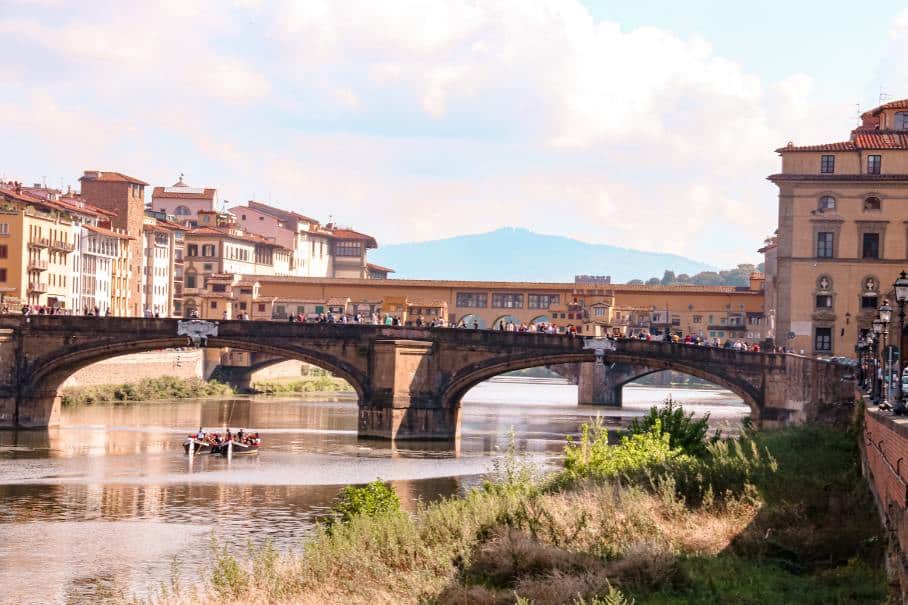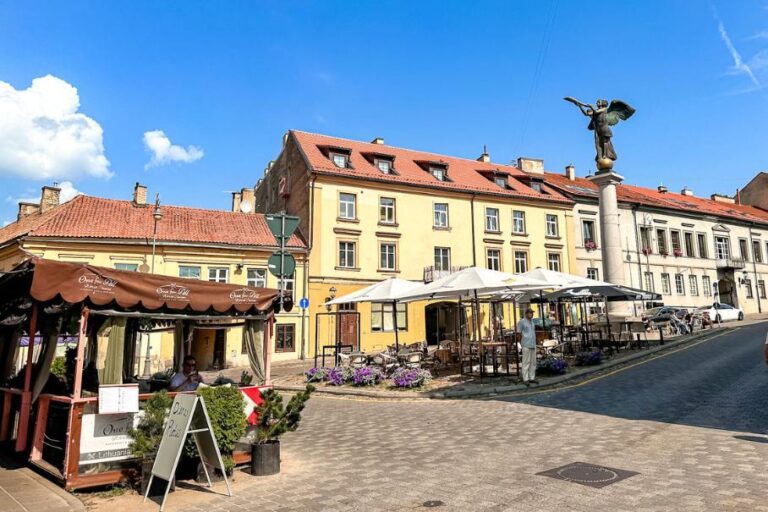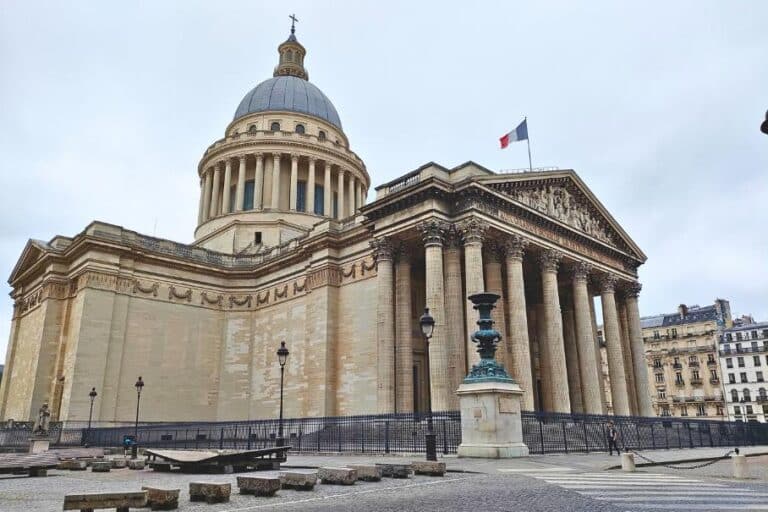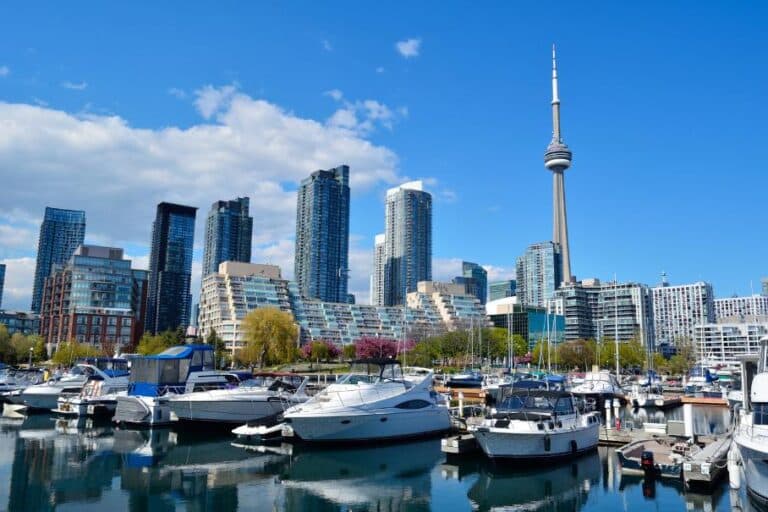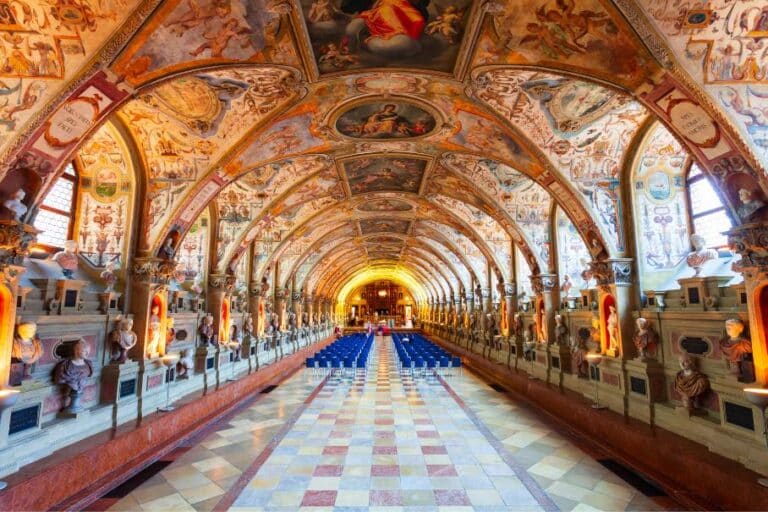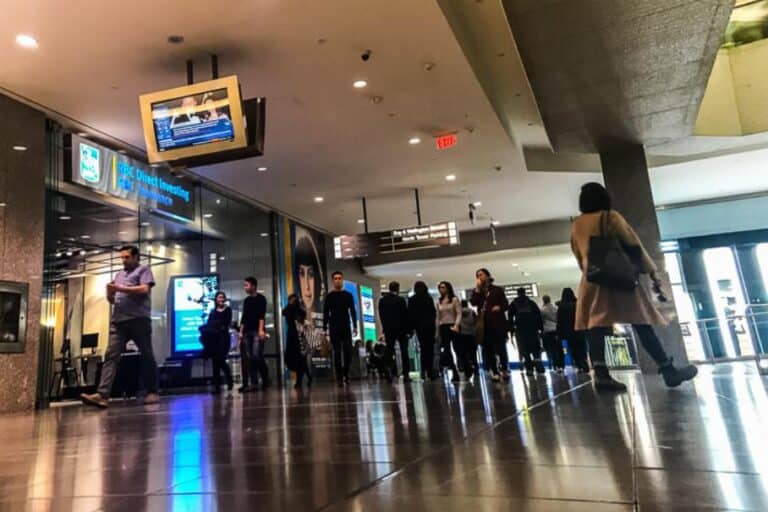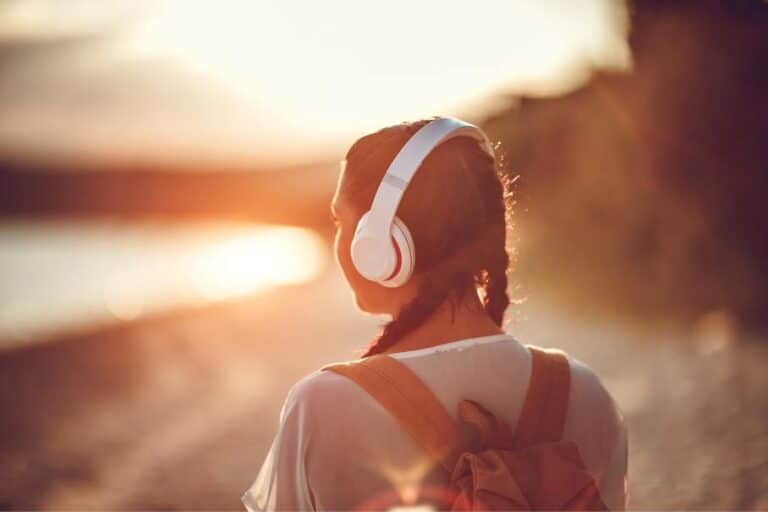Top Things to do on a City Break in Florence
For me, Florence will always be one of the most beautiful cities in Italy. It’s also one of my favourites. It’s the perfect destination for art lovers and the quintessential must-see for culture buffs. If you’re thinking of a city break in Florence, you won’t be disappointed.
From Michelangelo’s David and the birth of the Renaissance, to the Medici legacy that built the city, it’s a place that can make any art lover sing with joy. Here is why you should take a city break in Florence, and my tips for what to do once you get here.
A brief history of Florence
Florence began as a Roman settlement in 59 BC. By the Middle Ages, it had grown into a wealthy trading city. Its location between Rome and northern Europe made it perfect for commerce. Banking families like the Medici became incredibly rich by lending money across Europe. This wealth would soon fuel the greatest artistic movement in history.
The Renaissance ideas that started in Florence spread across Europe and changed how people saw art, science and human potential. Florence gave us the dome that inspired countless buildings, the perspective painting that made art look real, and the books that shaped modern thought. The city’s mix of beauty, innovation, and craftsmanship still influences how we design cities and create art today.
Why every cultural traveller needs a city break in Florence
A Florence city break offers a chance to experience the beauty and history of the jewel of the Italian Renaissance. It’s a chance to immerse yourself in art, culture and the best of Tuscany. Here’s what makes a Florence city break a great option.
Florence is the birthplace of the Renaissance
Florence burst into artistic brilliance in the 1400s. Great thinkers and artists gathered here, moving away from medieval styles toward works based on classical ideas and realistic human forms. Wealthy families competed to hire the best artists, creating workshops where masters passed skills to students. Walking through Florence today means seeing the actual spots where this creative revolution began.
Legacy of the Medici family and its impact on art and architecture
The wealthy Medici banking family ruled Florence for centuries. They used their money to support artists like Botticelli, Michelangelo and Leonardo da Vinci. The buildings, churches and art they funded still define the city’s look and feel today.
Florence’s role in shaping European history and culture
Florence wasn’t just about pretty paintings. The city was a lab for new ideas about politics, banking and city planning. Florence gave us writers like Dante and Machiavelli, whose works still influence how we think about literature and power.
🎟️ Florence city pass
Save time and money with the Florence City Pass, which includes:
- Access to the Florence’s most iconic landmarks, world-class museums and historic attractions
- Hop-On-Hop-Off bus including audio guide
- Florence guided walking or bike tour
Things to do in Florence on your city break
Few places pack so much beauty into such a small area. In Florence, masterpieces aren’t just in museums. They are part of daily life. The city mixes stunning art with great food, lively streets and the warm Tuscan lifestyle that makes Italy so memorable.
Visit the Duomo and Brunelleschi’s Dome
The massive red-tiled dome of Florence Cathedral dominates the Florentine skyline. Filippo Brunelleschi’s 15th-century dome was a building miracle for its time, and it’s a must-see when in Florence. Climb the 463 steps to the top for fantastic city views and a close look at the dome’s clever design. Book your tour now.
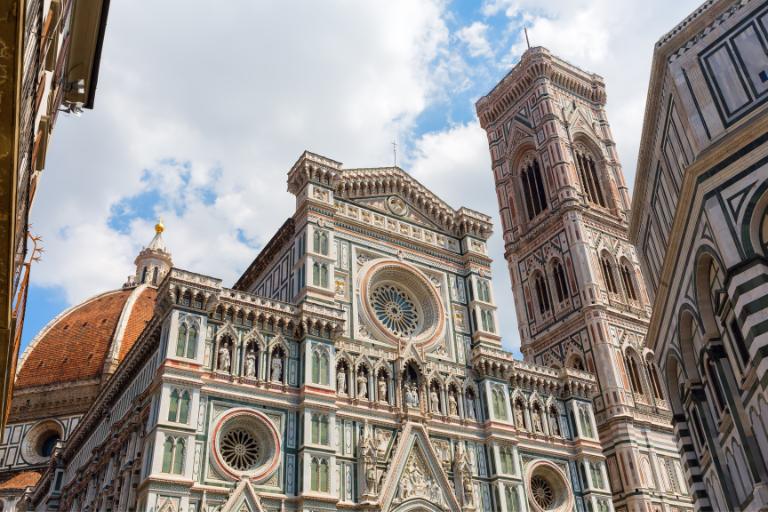
Admire the Baptistery doors and Giotto’s Bell Tower
The bronze Baptistery doors, known as the “Gates of Paradise,” show Bible scenes in stunning detail. Nearby stands Giotto’s Bell Tower, a tall square tower with colourful marble patterns. Both sit in the same square as the Duomo.

Explore Piazza della Signoria and Palazzo Vecchio
This lively square has been Florence’s civic center for centuries. The fortress-like Palazzo Vecchio still serves as the city hall. Look for the open-air sculpture gallery, including a copy of Michelangelo’s David and Perseus holding Medusa’s head.
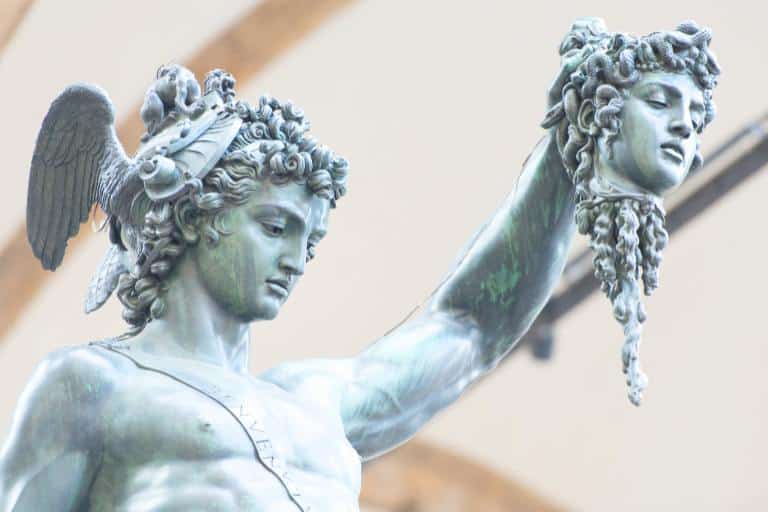
Walk to the Uffizi Gallery – home to Botticelli, da Vinci and Michelangelo
This world-class museum holds the greatest collection of Italian Renaissance art. Don’t miss Botticelli’s “Birth of Venus,” Leonardo’s “Annunciation,” and works by Raphael and Titian. Book tickets ahead to avoid long lines.
Get your skip-the-line time entry tickets for the Uffizi Gallery
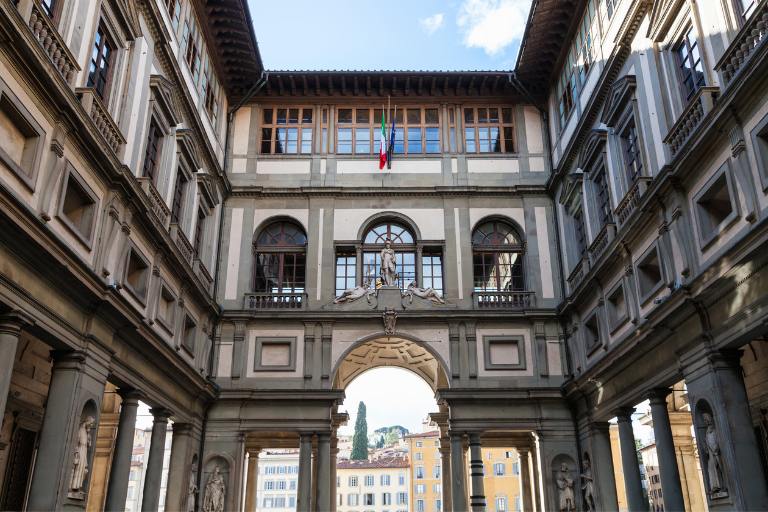
Stroll along the Arno River at sunset and cross the Ponte Vecchio
As day turns to evening, walk along the Arno River to the famous Ponte Vecchio. This medieval bridge, lined with jewelry shops, glows gold at sunset. Stop midway for views of the river and hills beyond.

Visit the Accademia Gallery to see Michelangelo’s David
Michelangelo’s 17-foot marble David stands as the perfect human form. Carved from a single block of marble, it shows the biblical hero in the moment before battle. The museum also houses Michelangelo’s unfinished “Prisoners” sculptures. Get your skip-the-line tickets.
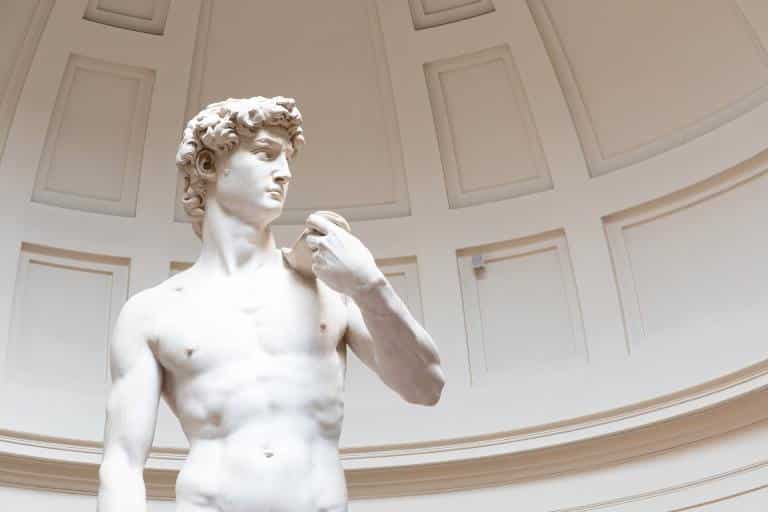
Tour the Medici Chapels and learn about the powerful family dynasty
These ornate burial chapels showcase Michelangelo’s skill as both an architect and a sculptor. The New Sacristy contains his Day, Night, Dawn, and Dusk sculptures of the Medici tombs. The chapel walls use colored marble in stunning patterns.
Explore San Lorenzo Market and the Basilica of San Lorenzo
Browse leather goods, foods and souvenirs at the San Lorenzo Market. Then step into the nearby church that served as the Medici family’s parish. Though its plain facade never got its planned marble cover, the inside shows Brunelleschi’s clean Renaissance style.
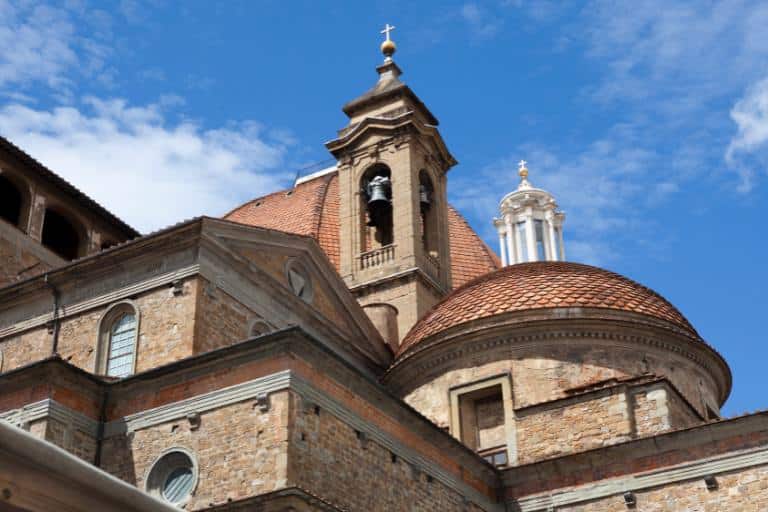
Stop at the Bargello Museum for Renaissance sculpture
This former prison now holds an amazing collection of Renaissance sculpture. See Donatello’s bronze David (the first free-standing nude since ancient times), Michelangelo’s Bacchus, and works by Cellini, Giambologna, and della Robbia.
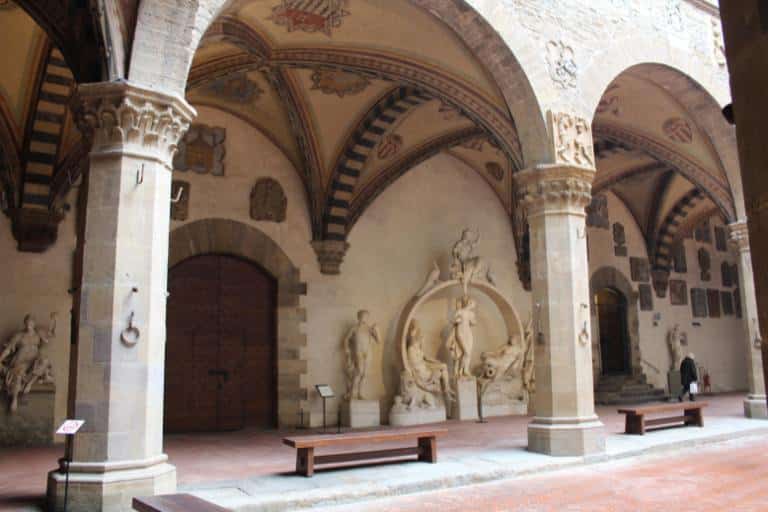
Enjoy views from Piazzale Michelangelo and visit San Miniato al Monte
Climb to this hillside square for the best panorama of Florence. The view takes in the Duomo, Palazzo Vecchio, and the Arno River against a backdrop of Tuscan hills. Continue uphill to the striped marble church of San Miniato for even better views.
Visit Santa Maria Novella and its stunning frescoes
This Dominican church holds artistic treasures like Masaccio’s Trinity fresco, which first showed true linear perspective. The church complex includes a pharmacy selling herbal products made from centuries-old recipes.
Get your Santa Maria Novella ticket + audioguide
Discover the Brancacci Chapel and Masaccio’s revolutionary frescoes
Tucked inside the Church of Santa Maria del Carmine, this small chapel contains some of the most important paintings of the early Renaissance. Masaccio’s lifelike figures and natural light effects changed how artists approached painting.

Walk through the Oltrarno district – artisan workshops and quieter charm
Cross the Arno to explore the “other side” of Florence. This area keeps old craft traditions alive in its many workshops. Watch artisans restore furniture, make marbled paper, and create gold leaf details using methods passed down for generations.
Visit Palazzo Pitti and the Boboli Gardens
This massive palace was home to the Medici, then the royal families. Today, the Pitti Palace holds several museums with paintings, silver, and period costumes. Behind it stretch the Boboli Gardens, with fountains, sculptures and quiet paths among the greenery.
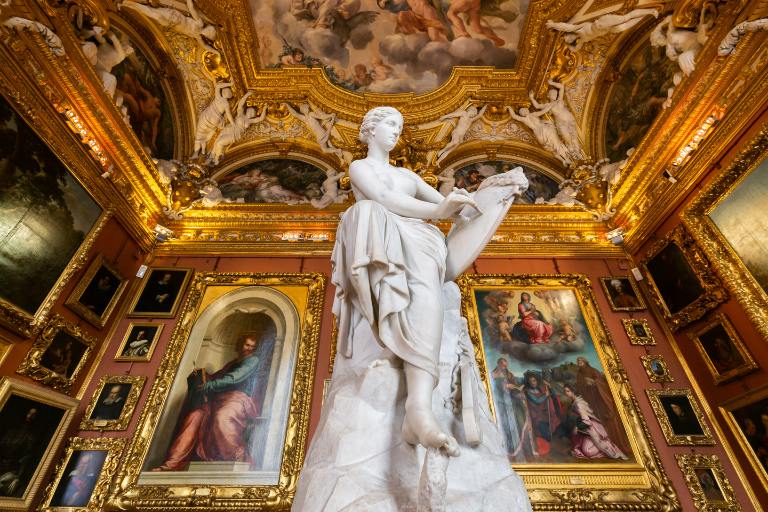
End with an aperitivo in Santo Spirito or a wine bar in the historic centre
The Santo Spirito square comes alive in the evenings as locals gather for drinks and small plates. Or find a cozy wine bar in the center for a glass of Chianti and people-watching. It’s the perfect way to reflect on your Florence adventures.
Things to eat in Florence
Florentine food stays true to its roots. The city’s cuisine uses simple, top-quality ingredients in ways that have worked for centuries. Local dishes focus on fresh vegetables, excellent meat and flavors that let each ingredient shine. Many recipes started as peasant food but became classics because they taste so good.
Bistecca alla Fiorentina
This thick T-bone steak is grilled over wood from local Chianina cattle. Cooked rare with just olive oil, salt, and pepper, it’s served by weight—expect at least 2-3 pounds! The simple cooking lets the high-quality meat shine.
Ribollita – hearty Tuscan vegetable stew
This “reboiled” soup began as a way to use leftover bread. Beans, kale, cabbage, and other veggies slowly cook together. Day-old bread soaks up the rich broth. It’s perfect comfort food, especially on cooler days.
Crostini di fegatini – chicken liver pâté on toast
These small toasts spread with smooth chicken liver pâté start many Tuscan meals. The pâté often includes capers, anchovies, and vin santo wine. The rich, earthy flavor pairs well with the first glass of local wine.
These hard almond cookies are made to be dipped in sweet dessert wine. The crunchy cookies soften slightly in the golden vin santo. It’s a simple end to a meal that locals enjoy while chatting at the table.
Tuscan wines: Chianti, Brunello di Montalcino and Super Tuscans
The hills around Florence produce some of Italy’s best wines. Classic Chianti with its black rooster label makes a perfect everyday wine. Try Brunello di Montalcino or the bold “Super Tuscans” that blend local grapes with French varieties for special meals.
Practical tips for visiting Florence
Florence draws millions of visitors each year, so knowing how to get around, where to stay and when to book can save you time and stress. Here are some practical tips to help you focus on enjoying the art and culture instead of dealing with logistics during your city break in Florence.
Walkable historic center – no need for a car
Florence’s main sights sit within a compact area. You can walk from one end of the center to the other in about 30 minutes. Cars are banned in much of the center anyway, and parking is hard to find and costly.
Tips on using buses and trams
When your feet get tired, hop on a bus or the new tram line. Buy tickets at tobacco shops or newsstands before boarding. Validate your ticket on the machine once on board. The C1 electric bus loops around the center and is great for tired feet.
The best ways to reach Florence by train or plane
Trains connect Florence to Rome (1.5 hours) and Milan (2 hours) on high-speed lines. The main station, Santa Maria Novella, sits right in the center. Florence’s small airport handles some European flights, but most visitors fly into Pisa or Rome.
Where to stay during your city break in Florence
Your choice of neighbourhood shapes your city break in Florence. Each area offers a different feel and convenience level. Consider how much walking you want to do, what atmosphere you prefer and whether you need easy access to transport. All these neighbourhoods keep you within reach of the main sights.
Centro Storico – for first-timers who want to be close to everything
Staying in the historic center puts all the main sights within walking distance. You’ll pay more, but save time and transport costs. The area between the Duomo and Ponte Vecchio offers the most central location for first-time visitors.
Oltrarno – for a more local, artisan vibe
For a less touristy feel, stay south of the river in the Oltrarno district. Areas like Santo Spirito and San Frediano offer local shops, good restaurants, and a glimpse of more authentic Florentine life within walking distance of the main sights.
Santa Maria Novella – convenient for trains and transport
The area around the central train station works well if you plan day trips or have early departures. Though not as charming as other districts, it offers good value and puts you close to transport links while still within walking distance of sights.
Final thoughts on things to do in Florence
Few cities pack so much art, history and beauty into one place. In Florence, you can step into the Renaissance while enjoying top food, wine and Italian charm. It’s the perfect city break for culture buffs and history aficionados. I think you’ll love your city break in Florence, no matter when you visit.

